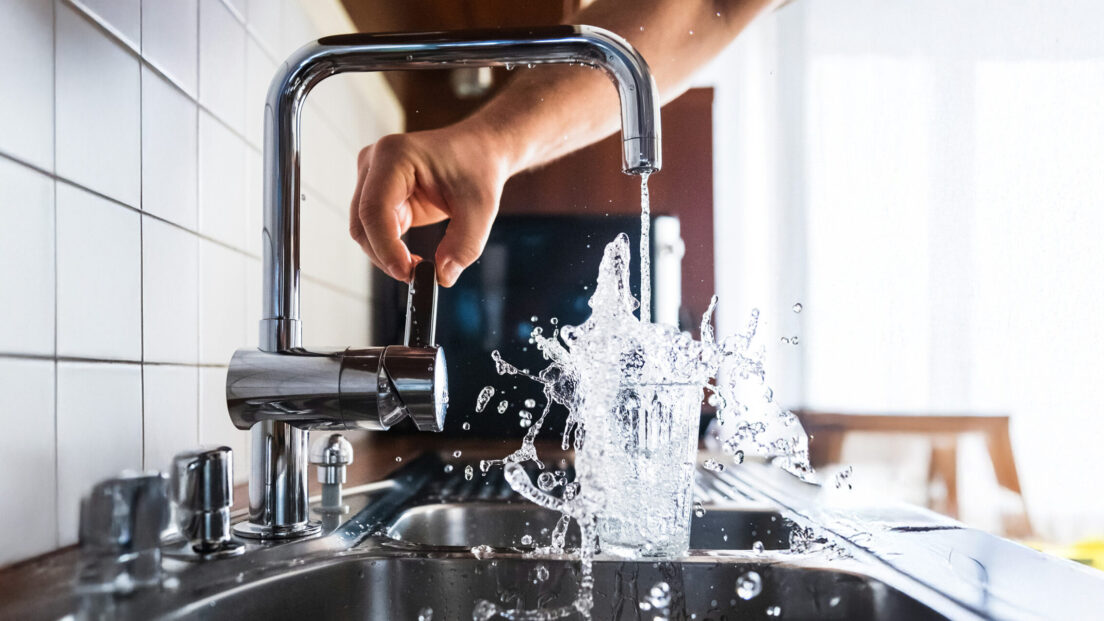What really counts with water softeners

The term "descaling" is not protected and many products on the market only soften tap water insufficiently or not at all. A powerful and forward-looking look at the challenges and solutions in the field of water softening.
Limescale in tap water leads to numerous problems. It reduces the energy efficiency of appliances, shortens the service life of sanitary installations and increases the consumption of soaps and detergents. In many regions of Switzerland, particularly on the Central Plateau and in the Jura Arc, the water contains high levels of limescale, which is why hundreds of thousands of buildings are already equipped with water softening systems.
How does water softening work?
Water softening removes calcium and magnesium ions from the water. This is the only way to effectively prevent limescale residues and reduce the consumption of washing substances. There are various methods, including physical methods that merely convert the limescale without removing it. These methods are often ineffective and cannot fulfil consumer expectations.
Ion-exchange process
The ion-exchange process has proven itself in building technology. It efficiently removes limescale from drinking water by passing the water through tanks containing ion exchange resin. The calcium and magnesium ions stick to the resin and are replaced by sodium ions. This process is safe and economical in terms of salt consumption, as modern systems minimise the amount of salt required.
Physical methods often ineffective
Physical descaling methods attempt to convert the limescale into a form that does not form deposits. However, these methods do not actually soften the water. Studies have shown that such methods often do not achieve the desired effect. Reputable providers can prove their effectiveness with a test certificate in accordance with W512 from the German Technical and Scientific Association for Gas and Water.
Rely on established methods
If you want to install a water softening system, you should rely on proven methods such as ion exchange. This technology is well researched and offers proven results. Physical processes, on the other hand, are often ineffective and can disappoint consumers’ expectations. It is important to check the water hardness before and after installing a system to ensure that softening is actually taking place.